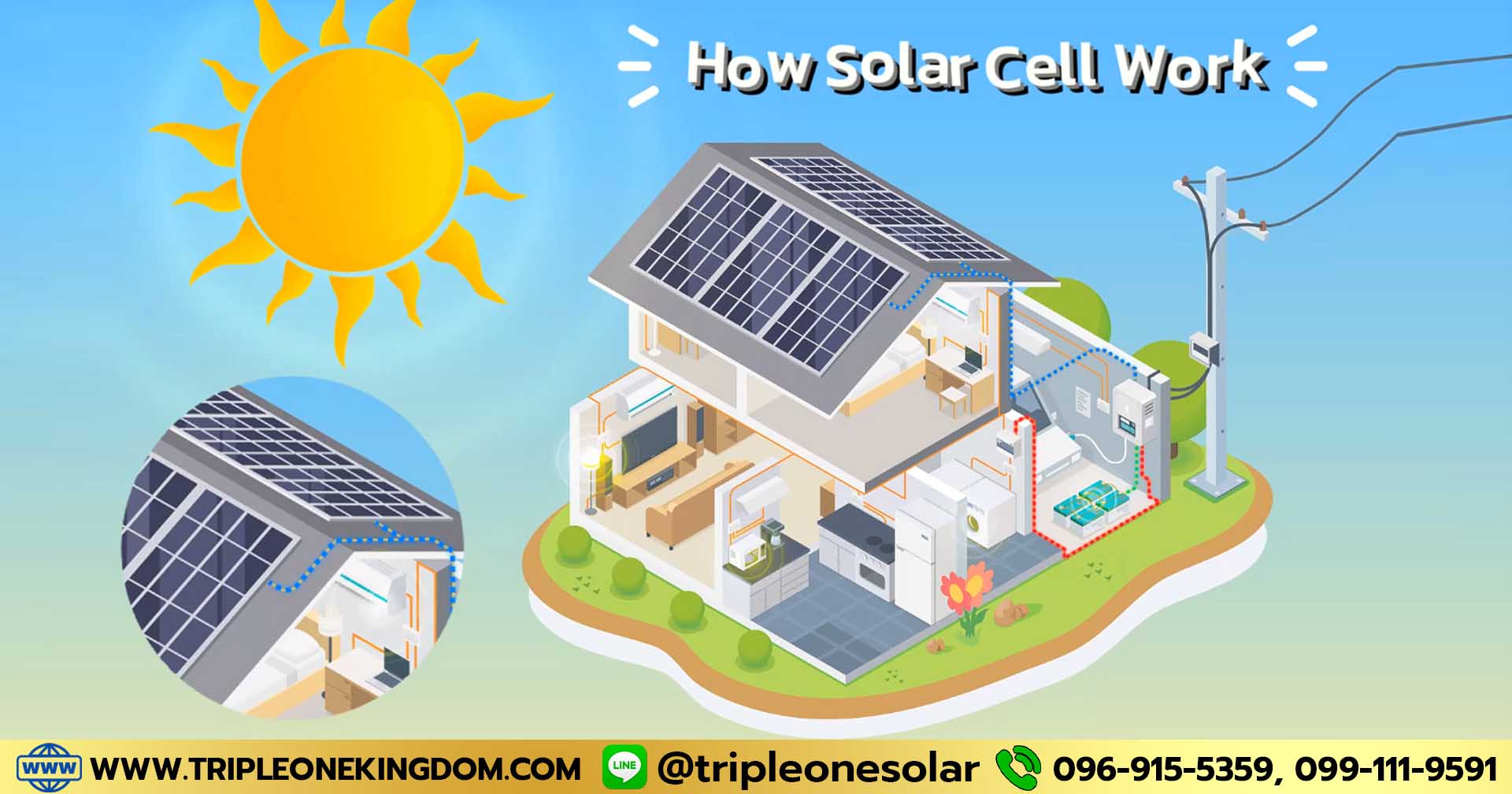How solar cell work?
Solar cells convert sunlight directly into electricity through the photovoltaic effect. This process involves using semiconductor materials, like silicon, to absorb photons from sunlight and release electrons, creating an electric current. This current can then be used to power devices or be fed into the electrical grid. Think to install solar cell, think about TRIPLE ONE SOLAR.
Details: 1. Sunlight and Photons: Sunlight is composed of photons, which are particles carrying energy. 2. Absorption: When sunlight hits a solar cell, some photons are absorbed by the semiconductor material, typically silicon. 3. Electron Excitation: The absorbed photons transfer their energy to electrons within the silicon atoms, causing them to become energized and move freely. 4. Charge Separation: The solar cell is designed with two layers of semiconductor material (p-type and n-type) which create an electric field. This electric field helps separate the negatively charged electrons and positively charged "holes" created by the electrons leaving their atoms. 5. Current Flow: The separated electrons and holes are then driven by the electric field to opposite sides of the cell, creating an electrical current. 6. External Circuit: The current is collected by conductive metal contacts (the grid-like lines on the cell) and can be used to power electrical devices or stored in batteries for later use.


